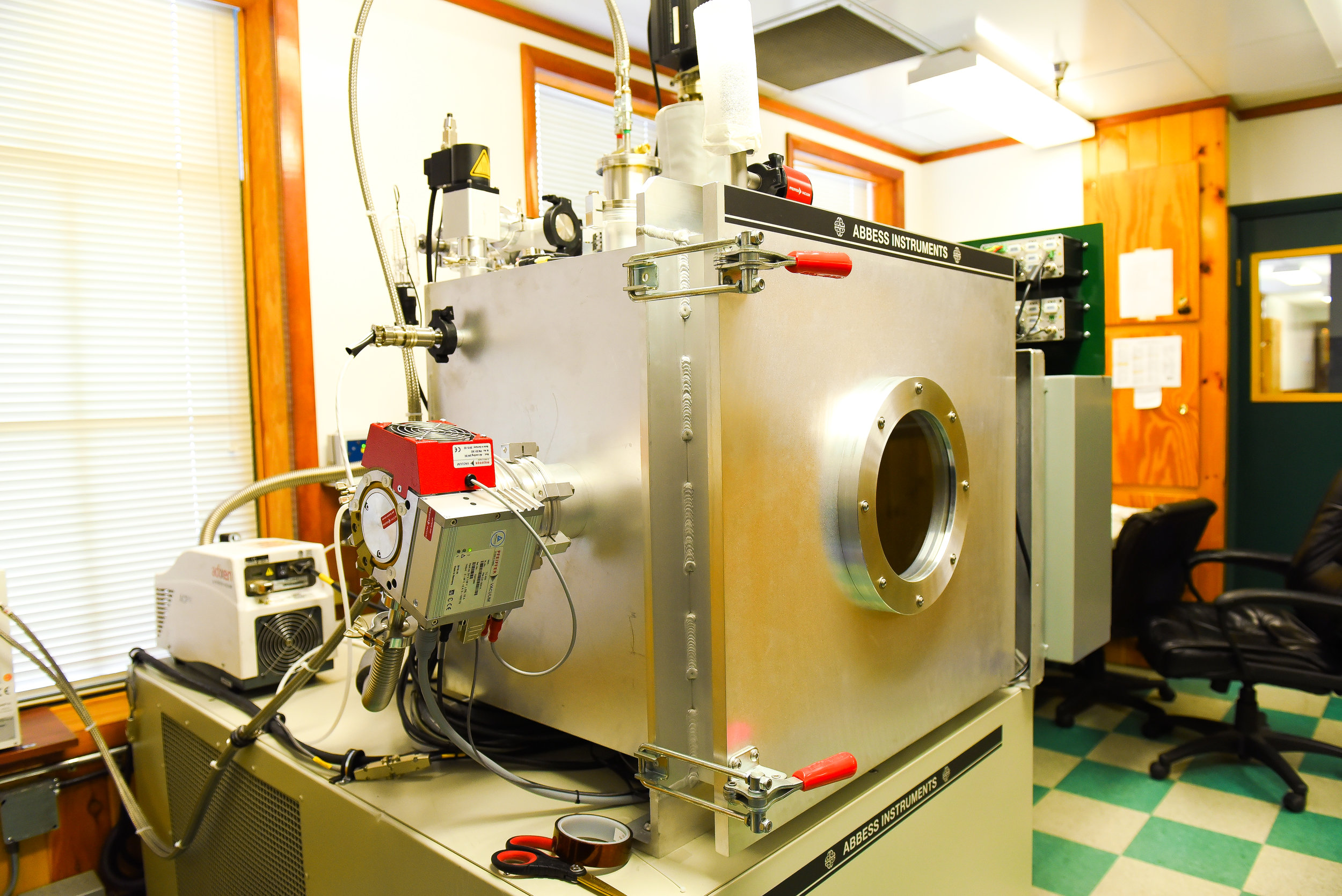
Winner of the 2012 and 2019 Lockheed Martin Outstanding Small Business Award as well as the 2018 Raytheon Premier Award for Business Management
GPI Military and Space Encoder Capabilities
Why Gurley?
We have better product, delivered sooner, and at a lower cost than other firms
GPI has been in business since 1845, has no debt, and has invested over $1M in infrastructure (including two clean rooms), personnel, life-time component buys, and equipment towards space-based encoder applications
GPI has an excellent track record in high reliability/performance encoder applications and has a separate group of personnel dedicated to our space business
In 2012 GPI was selected as a Small Business of the Year with Lockheed Martin Missiles and Fire Control in Orlando and in 2018 was awarded with the Business Management award with Raytheon
GPI is a diversified business with a solid foundation in semiconductor, military, commercial, and industrial applications; as such our MIL and space overhead cost structure stands as one of the lowest in the industry
GPI MIL and Space Offerings
In short, we have better product, delivered sooner, and at a lower cost than other firms
Understand that the basic operating principles and performance (e.g. accuracy and resolution) are the same across all of GPI’s encoder segments: semiconductor, MIL, medical, photonics, space, and general manufacturing; for space, however, the component costs and engineering support in terms of analyses and reviews make up the cost difference
That said, there are two basic configurations to choose from for MIL and space encoders: enclosed or modular
Enclosed MIL and space encoders come their own bearings and enclosure; hence, they are easier to install and are already shielded towards radiation
Modular MIL and space encoders require either a) the customer install the components themselves (we can show you how) or b) GPI to install the components onto a customer supplied bearing or spindle, thereby locking in performance towards flight; each head comes equipped with a high degree of shielding
Popular modular flight designs use a standardized read head design that allows customers to rapidly test encoders with flight pedigree at virtually any diameter, resolution, and accuracy
Modular space encoder applications include cubesats, constellation satellites, filter wheel encoders, and rate sensors.
Commercial encoders for use in MIL applications
The encoder series below have all been screened and used in MIL applications to temperatures as low as -55C
GPI also produces custom encoders for MIL applications; please contact GPI sales at Encoders@gurley.com or 800-759-1844 for more details










Space Encoders
GPI offers standard and custom space encoder solutions for rotary and linear motion.
There are two basic configurations to choose from for space encoders: enclosed or modular.
Enclosed space encoders come their own bearings and enclosure; hence, they are easier to install and are already shielded towards radiation
Modular space encoders require either a) the customer install the components themselves (we can show you how) or b) GPI to install the components onto a customer supplied bearing or spindle, thereby locking in performance towards flight; each head comes equipped with a high degree of shielding
Modular space encoder applications include cubesats, constellation satellites, filter wheel encoders, and rate sensors
Popular modular flight designs use a standardized read head design (below) that allows customers to rapidly test encoders with flight pedigree at virtually any diameter, resolution, and accuracy

Disc diameters from 2” to 20”; resolutions from 15- to 26-bits
Read head is only 1.2” tall (other head sizes available)
Error as low as 1 arc second peak-peak
Design proven to 120kRAD; could go higher with further testing
ID- or OD-disc read options
Requires external circuit card for incremental or absolute position processing
GPI verifies all assemblies and sub-assemblies on one of its many NIST traceable high-accuracy encoder test stands and GPI can provide verification software to ensure system accuracy at the customer’s facility

GPI’s MIL and Space encoder offerings have been qualified against some of the worst test conditions in the industry: vibration (X, Y, and Z axes), shock (to 35,000 Gs at 10,000Hz!), thermal cycle (GPI has two test chambers), FOD testing, thermal vacuum (testing encoders while spinning or static onsite in Troy, NY), ON/OFF duty cycle testing (e.g. our space circuitry has been successfully tested to 160,000 cycles), Total Ionizing Dose (TID), latch-up, operate through, and EMI/EMC tests per MIL-STD-461E
Analyses and Infrastructure
GPI has in-house experience and capabilities to quickly review and complete your design:
Single point failures and Critical Items List (CIL)
Failure Modes and Effects & Criticality Analysis
Reliability Analysis
Worst Case Circuit Analysis (even to the TOR)
Survivability, Radiation, and Single Event Effects
FPGA Test Bench and Code Module Coverage
Thermal & Shock/Vibe/Dynamics with assistance from customer
GPI’s MIL and space infrastructure mirrors that of our customer’s flow downs 100% (really!) thereby guaranteeing mission assurance:
ISO certified and all of our MIL/space documentation is to AS9100; no exceptions
J-STD space and NASA certified for hand soldering, conformal coating, inspections, etc.
Project- or design-specific build and test procedures ensure 100% compliance to customer requirements
Cost and Design Flexibility
GPI’s design and cost flexibility supports missions of any type or risk assessment, e.g. NASA A, B, C or D missions
Testing can be performed at GPI either whole or in part, e.g. component level ESS versus sub-assembly or final assembly level testing
Finally, GPI has proven that installing and testing encoder assemblies in Troy on customer supplied bearings or spindles is less expensive than the customer doing the same at their own facility – and with GPI proving performance on one of our many accuracy test stands
For more information please contact GPI at m.gordinier@gurley.com or call (518) 266-7714




























